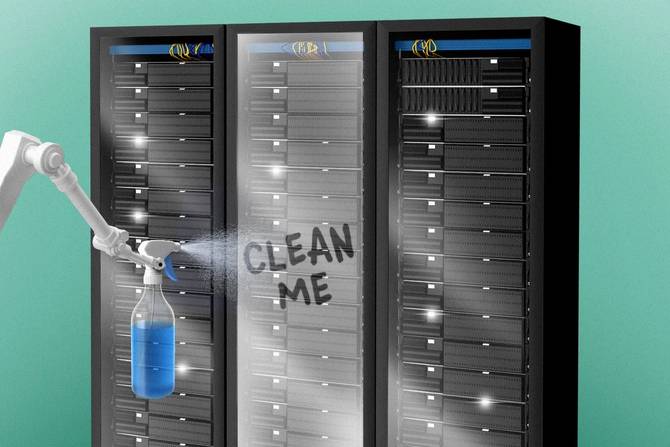As a consultant who helps businesses with their software strategies, John Harrison sometimes sees a kind of “speed dating” happen between IT managers and department heads.
But instead of “Are you a pet person?” or “Where’s your hometown?” these sessions have less romantic icebreakers, like:
What do you like and dislike about your current systems?
An applications director (in charge of the implementation of enterprise software) and supply-chain manager (in charge of the smooth operation of sending and receiving), after all, may rarely find themselves in the same room to discuss concerns.
Maybe the supply-chain manager, for example, is struggling with inventory accuracy. With scheduled conversations, the applications team lead can hear about department head headaches, better understand business priorities, and consider updated solutions that support those objectives (like RFID that provides electronic tracking).
“It just engenders that idea that, ‘Hey, I’m here to help you realize your vision and objectives,’” said John Harrison, managing director at the advisory Protiviti.
Information technology professionals must not make a case for upgrades on their own, according to business consultants who spoke with IT Brew. IT leads must create momentum for new tools and software by understanding the day-to-day goals of executives.
“By itself, IT cannot make the case. More often than not, they need to have really strong alliances with the business stakeholders in order to really illustrate and articulate the advantages that going to a more modernized platform can have,” Brett Sparks, senior director analyst at the tech-research firm Gartner, told IT Brew.
Oldies but not-that-goodies. Many big organizations have decades-old technology setups. Even Chuck E. Cheese (as well as the Japanese government) still uses floppy disks.
Keep reading here.—BH
Do you work in IT or have information about your IT department you want to share? Email [email protected].







